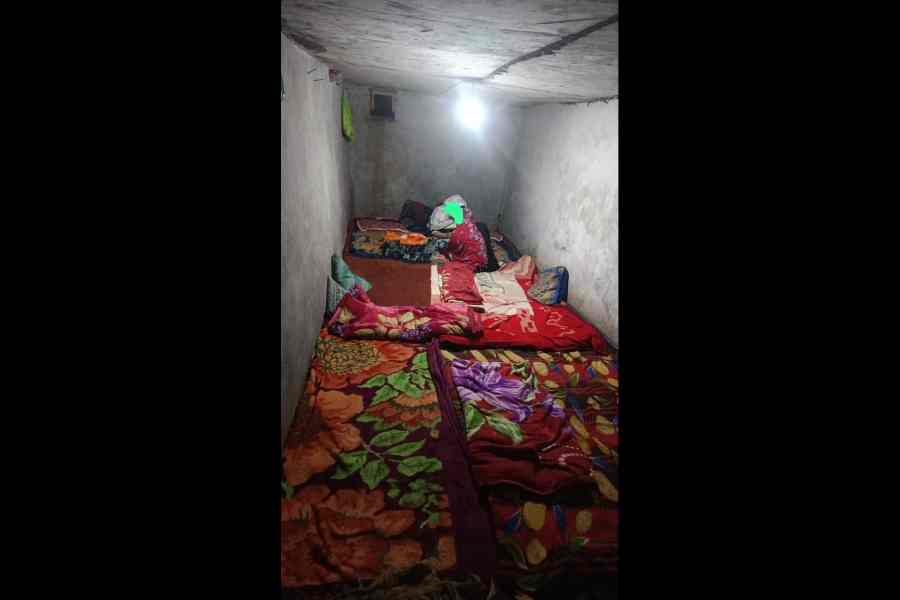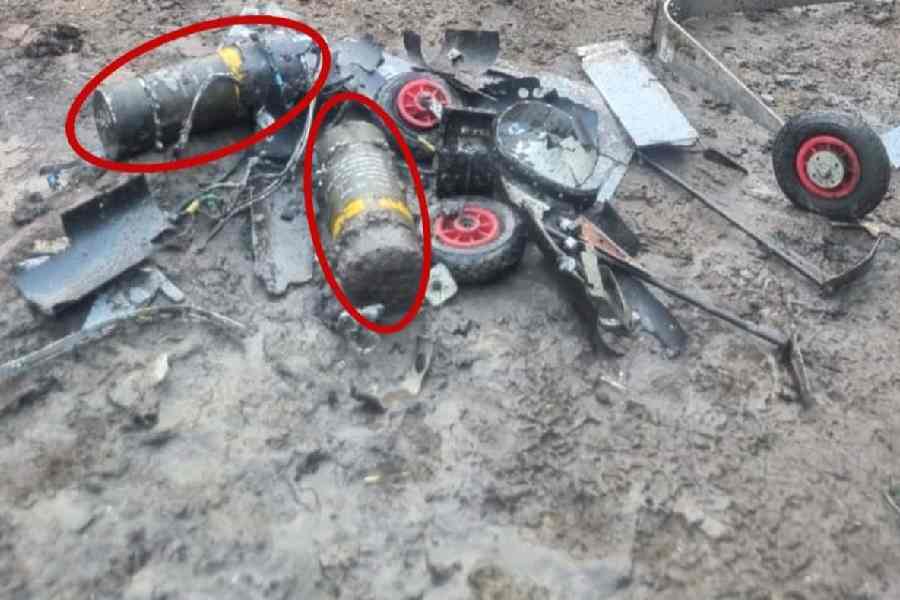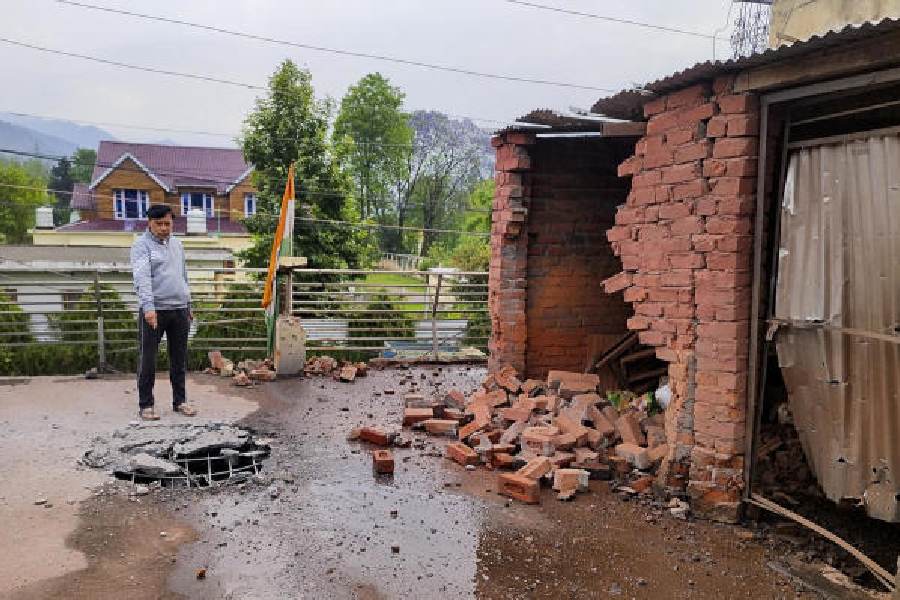 |
| LICENCE TO MAUL MAIDAN: A crater being dug next to an existing crater on the Maidan for Book Fair 2007. Picture by Amit Datta |
The city’s precious patch of green is paying a price for hosting a flood of fairs and footfall over two decades. Thanks to the annual mauling of the Maidan, the picturesque green carpet has been reduced to a grey zone dotted with craters.
“All the fairs over the years have not only destroyed the grass bed, but have also spoiled the overall ecology of the Maidan,” said Lt Col S.R. Banerjee, regional director of WWF, the world’s biggest environment body.
Though a spate of court orders and an outcry from the green lobby have forced the state government to shift fairs from the Maidan, the biggest of them all is still blessed with Buddhadeb Bhattacharjee’s licence to kill the greens, this time between January 31 and February 11.
The Publishers and Booksellers Guild has promised to plant grass in the most damaged parts of the 900,000-sq-ft area after the Book Fair to make up for the mauling.
“But it will not help, as the soil quality is very poor. The chemical content is high due to use of bleaching powder and pesticides during fairs and the proportion of sand has gone up abnormally, as truckloads are dumped every year to level the field,” explained Anathbandhu Mukherjee, professor, agriculture department of Kalyani University.
In the wake of the controversy over the Book Fair venue, faculty members from the university have studied the soil quality of the Maidan and concluded that the soil is “not suitable for vegetation”.
In 2003, the army and WWF learnt this the hard way when they failed to save the 100 trees planted near the Territorial Army tent.
“There are a few patches of weeds that give the Maidan a somewhat green look from a distance… But a closer look reveals that the grass has completely dried up,” said environment activist S.M. Ghosh, who accompanied the Kalyani University team.
On Thursday, the green lobby filed a fresh petition in the high court against the army’s decision to allow Book Fair 2007 on the Maidan.
The Kalyani University report and other findings on the environmental impact of fairs on the Maidan will be highlighted when the case comes up for hearing on Friday afternoon.
According to Mukherjee, saving the green from further damage will require an elaborate, fool-proof plan.
“The ground has to be dug up to three feet and the soil has to be replaced with a mix of manure, clay and sand to help the grass grow as fast as possible,” said the professor.
Use of Mexican grass and short trees are another option, but for that, making the Maidan a no-fair zone is a must. “Fairs and footfall have caused irreparable damage to the Maidan. This must stop,” said green activist Subhas Dutta.










